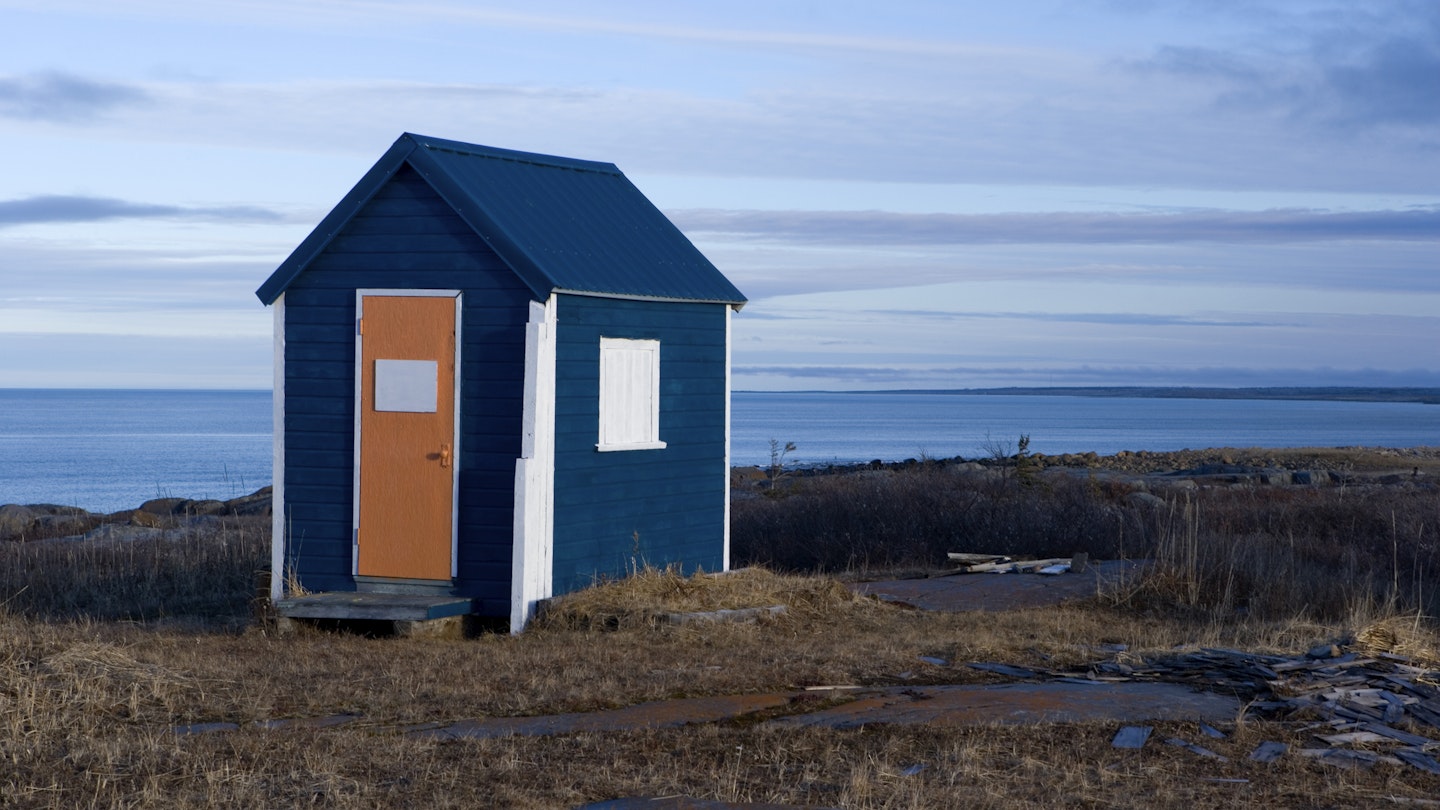Churchill: The Polar Bear Capital of the World
Located on Manitoba’s Hudson Bay, and known as the ‘Polar Bear Capital of the World’, the remote, 900-person town of Churchill is a magnet for those seeking wildlife and nature experiences. However, furry predators, beluga whales, and awe-inspiring nature are not the only attractions in this unique destination.
Visitors are drawn to a 250-year-old fort and fascinating local museums that educate on the region’s rich fur trading past. Moreover, the town boasts some of the world’s quirkiest and friendliest characters; discovering what makes them tick is a significant aspect of any visit here.
Wildlife and Nature
Starting with the obvious draw, Churchill’s surroundings offer a treasure trove of unforgettable land and sea wildlife experiences. Between May and June, wonderful birdlife such as Arctic terns, snowy owls, loons, and cranes can be observed; while from July to November, polar bear sightings become a thrilling possibility. Furthermore, from July to August, you might even glide alongside beluga whales in the Churchill River, where as many as 57,000 of these beautiful creatures migrate to Hudson Bay. Consequently, the winter months of February and March showcase the stunning northern lights, offering a breathtaking celestial performance when conditions are favorable, with greens and violets dancing across the sky. Several local companies provide day trips (or longer) across all budget ranges.

Seductive Desolation
While exploring Churchill, you cannot overlook the stunning approach to the town, especially the flat expanse from the airport. At present, the only means for visitors to arrive is via a direct flight from Winnipeg, as railway services ceased in May 2017 due to flood damage. Here, travelers often capture polar bear warning signs as their favorite insta-snaps; nevertheless, locals emphasize the real dangers of bears entering the town.
No matter the weather, this remote locale offers surprisingly beautiful starkness. In winter, temperatures can plunge to -50°C with wind chill, and ice stretches to the horizon, even freezing Hudson Bay. Conversely, in summer, temperatures can rise to 21°C, with wildflowers carpeting the tundra: purple fireweed, orange Iceland poppy, and delicate white primula. Small spruce trees, with their one-sided branches, bear witness to the prevailing winds, a navigation tool likely used by the region’s ancient peoples, including the pre-Dorset, Dorset, and Inuit ancestors.
The Streets of Churchill
Named after John Churchill, the third Governor of Hudson’s Bay Company, the compact grid of Churchill features clapboard buildings, three churches, and peaked-roofed houses. Notably, many buildings across the streets are adorned with massive, vibrant murals, part of the recent artistic Sea Walls project.
Many rustic eateries and tourist services are located along Kelsey Blvd, making it easy for visitors to explore the sights on foot (keeping in mind bear season precautions; always ask locals for advice). Be sure to visit Boulder Beach, the town’s beach, and see an Inukshuk, a traditional landmark made of stone.

Do not miss the extraordinary Itsanitaq Museum, a not-for-profit organization showcasing stunning pieces of Inuit carvings made of ivory from walrus tusks, whalebone, and soapstone sourced from the Central and East Arctic. This collection began with missionaries in the 1930s and 1940s as a way to understand local communities through their art. The evocative pieces depict scenes of fishing, walrus hunting with a harpoon, and polar bear hunts from whaleboats.
Built in 1930, the Canadian National Railway Station of Churchill now houses the Parks Canada Visitor Centre, featuring excellent exhibits on the area’s history and local cultures.
Polar Bears
Some of the street signs in Churchill feature an image of a polar bear. While this might appear charming, locals stress the dangers of encountering a bear in town; they often leave their vehicles and homes unlocked for safety, allowing for quick access in emergencies.
Churchill even has a polar bear holding facility, which serves as a ‘jail’ for bears that wander into town and become repeat offenders. The bears are tranquilized, airlifted by helicopter, and then released. Visitors can inquire about these processes and observe from a safe distance.
The Churchillians
Churchill is characterized by a close-knit community where it’s common to greet strangers and engage in friendly conversation. The delightfully eccentric locals—many of whom are skilled in gutting fish or hunting moose, caribou, and wolves—are some of the most hospitable people you’ll encounter.
For a taste of local life, visit Dale and Rhoda de Meulles at their hardware store, or connect with Mark Reynolds, an artist and jeweler who creates lovely polar bear-themed souvenirs, often setting up a stand at the airport. Additionally, the postmistress at the local post office, Shavon, delights in stamping documents and letters with a polar bear rubber stamp for kids of all ages.

Around Churchill
Reflecting Churchill’s incredible history as a fur trading post is the 250-year-old Prince of Wales Fort, situated at Eskimo Point where the Churchill River meets Hudson Bay. This evocative fort, completed in 1771, feels as if it could be from the pages of a timeless children’s picture book.
Commonly included in cultural tours, Cape Merry offers the remnants of a battery just 2km northwest of town; luck may find you spotting belugas from the shore. Adventurous travelers can organize tours through licensed operators to the remarkable Wapusk National Park, a haven between boreal forest and arctic tundra. Established to protect bear denning sites, this park is home to over 200 bird species.
This content has been produced for Travel Manitoba. All editorial views are those of GoTravelDaily alone and reflect our commitment to editorial independence and impartiality.





